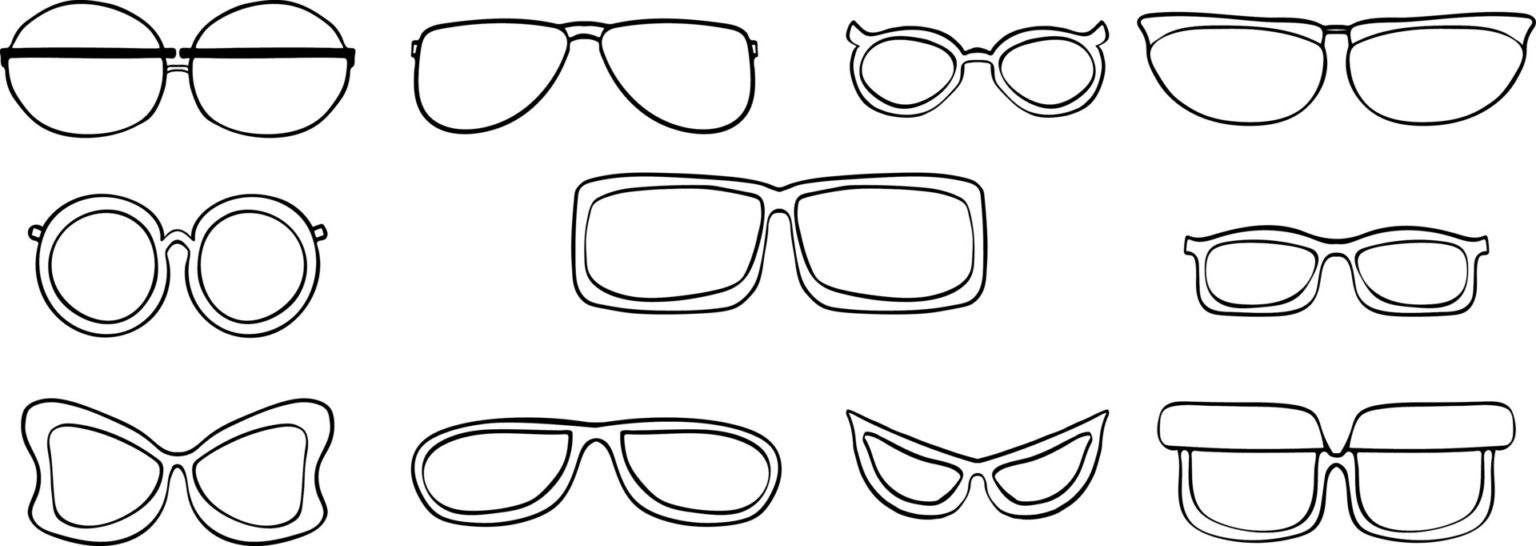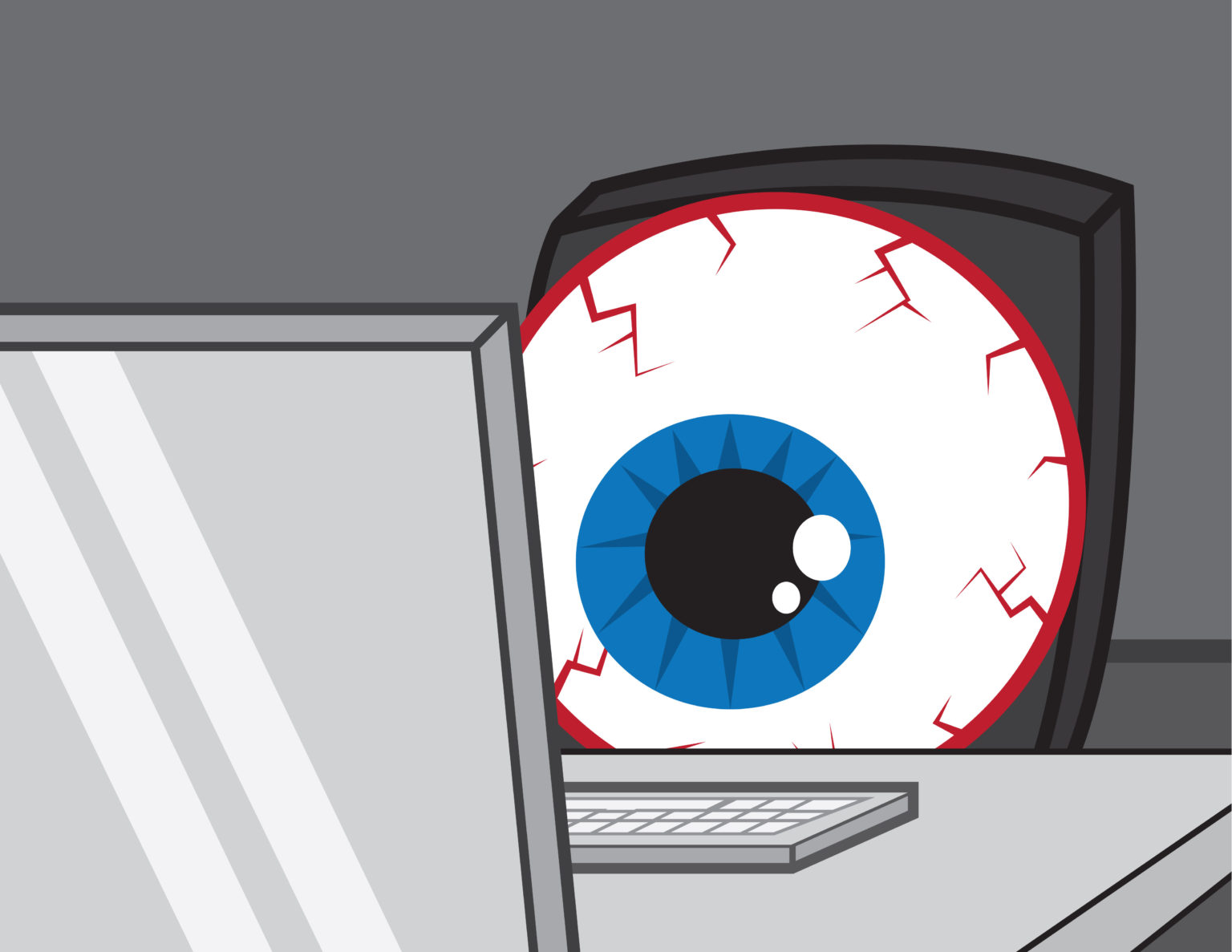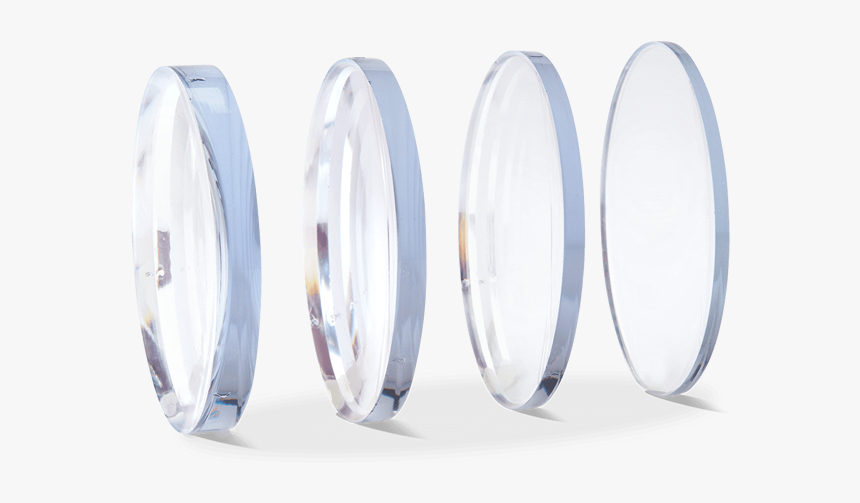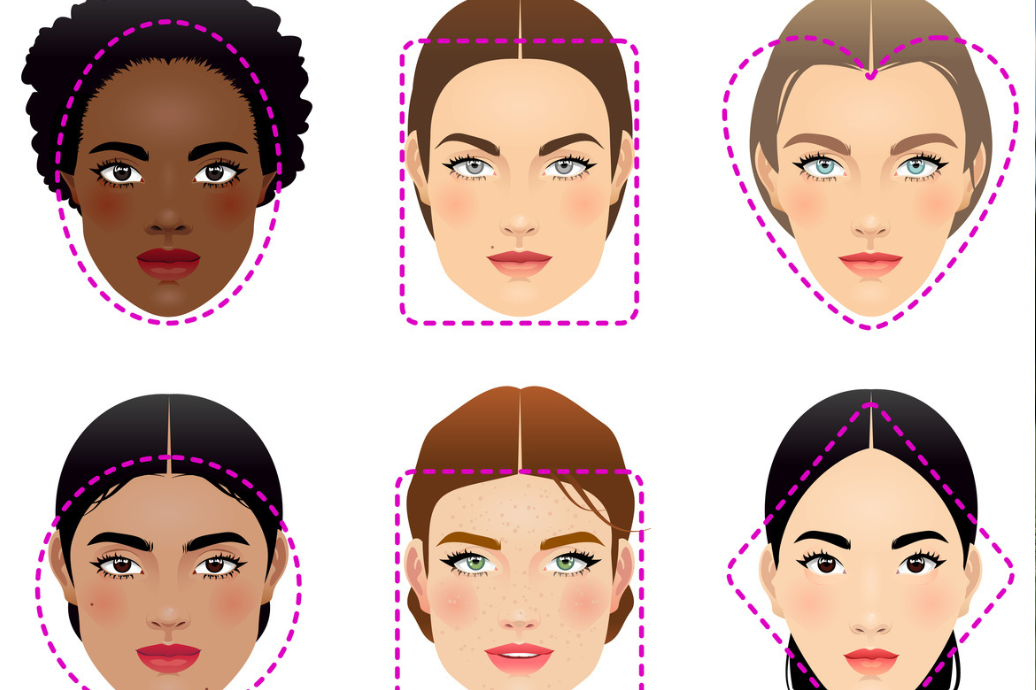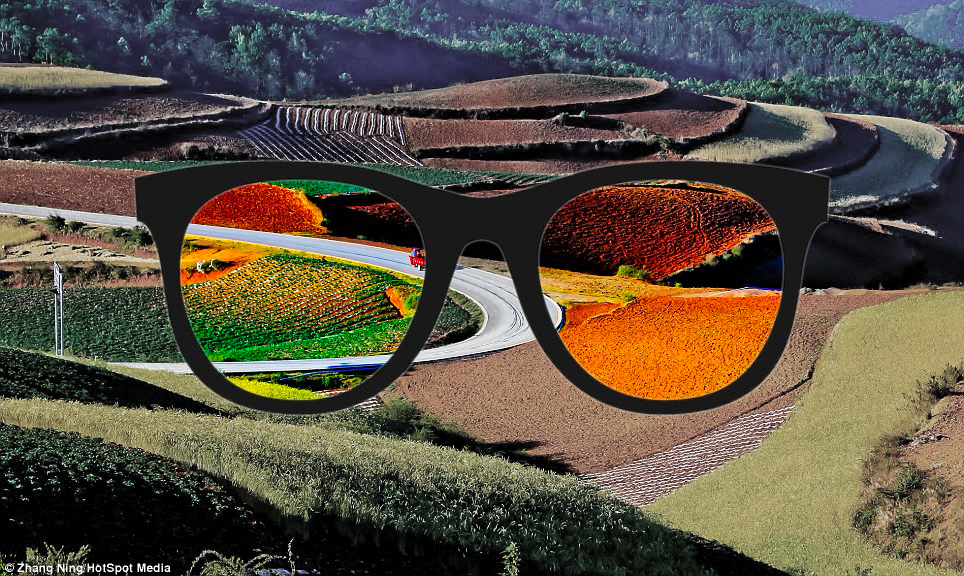When you think of sun protection, sunscreen probably comes to mind first. But what about protecting your eyes? The truth is, ultraviolet (UV) rays can do serious damage to your eyes—often without you even realizing it. That’s why sunglasses aren’t just a fashion statement—they’re an essential part of your eye health routine. At Radiant Eye Care, we want to help you understand why UV protection matters and how to choose the right sunglasses to safeguard your vision.
The Hidden Danger: How UV Rays Affect Your Eyes
You already know that prolonged exposure to the sun can damage your skin, but many people underestimate the risk UV radiation poses to their eye health. There are two types of UV rays that can impact your eyes: UVA rays and UVB rays.
- UVA rays can penetrate deep into the eye and contribute to long-term damage such as cataracts and macular degeneration.
- UVB rays are more intense and can cause immediate damage, like photokeratitis—also known as “sunburn of the eye.”
Exposure to UV radiation over time can lead to serious conditions, including:
- Cataracts
- Macular degeneration
- Pterygium (a growth on the white part of the eye)
- Corneal sunburn
- Skin cancer around the eyelids
Protecting your eyes from these harmful rays is just as important as shielding your skin.
UV Rays and Eye Health: Why Sunglasses Matter (A Lot More Than You Think)
Wearing the right sunglasses with UV protection can reduce your risk of developing many of these conditions. But not all sunglasses are created equal.
Cheap sunglasses found at convenience stores or gas stations might offer shade from brightness, but that doesn’t mean they block UV rays. In fact, wearing tinted lenses without proper UV protection can cause more harm than good—your pupils dilate behind the dark lens, letting in even more UV radiation.
That’s why UV-blocking sunglasses are a non-negotiable when it comes to long-term eye health.
What to Look for When Choosing Sunglasses
Patients should be educated on selecting sunglasses that truly protect their eyes—not just look good. Here’s what to keep in mind when choosing your next pair:
1. LOOK FOR 100% UVA AND UVB PROTECTION
The most important feature your sunglasses must have is 100% UV protection. Labels should clearly state “100% UVA and UVB protection” or “UV400,” which blocks rays up to 400 nanometers—covering all harmful UV rays.
2. BIGGER IS BETTER
Oversized sunglasses and wraparound styles offer greater coverage, minimizing the amount of UV rays that can reach your eyes from the sides.
3. CONSIDER POLARIZED LENSES (BUT DON’T BE FOOLED)
Polarized lenses reduce glare—especially helpful when driving or spending time around water or snow. However, polarization itself does not equal UV protection. Make sure the lenses are both polarized and UV-blocking.
4. GO FOR QUALITY OVER PRICE
When it comes to protecting your eyes, invest in sunglasses from reputable brands or from your local eye care provider. They may cost more upfront, but they provide superior UV protection and optical clarity.
5. THINK ABOUT LENS COLOR—BUT DON’T RELY ON IT
Darker lenses don’t necessarily block more UV rays. Lens color can help with visibility and contrast in different lighting conditions, but always confirm UV protection separately.
Sunglasses Are for Everyone—Every Day of the Year
It’s a common myth that sunglasses are only necessary in the summer. But UV rays are present year-round, even on cloudy days and during winter. Snow and water can actually reflect UV rays, increasing your exposure. Whether you’re at the lake, on the slopes, or walking the dog, make wearing UV-protective sunglasses part of your daily routine.
And it’s not just adults who need protection. Children’s eyes are more susceptible to UV damage, making it essential to equip them with sunglasses early in life.
Prescription Sunglasses: Style Meets Safety
If you wear prescription glasses, don’t settle for less when it comes to sun protection. Prescription sunglasses are a convenient and safe solution that allows you to see clearly while staying protected from UV rays. At Radiant Eye Care, we offer a wide selection of stylish, prescription-ready sunglasses to meet your lifestyle and vision needs.
Alternatively, consider photochromic lenses, which automatically darken in response to sunlight. While convenient, not all photochromic lenses offer the same level of UV protection—so make sure you consult with a qualified eye doctor before choosing.
UV Rays and Eye Health: How Radiant Eye Care Helps You Protect Your Eyes
Your vision and long-term eye health are your top priorities. You should get:
- Personalized sunglasses fittings for the whole family
- High-quality UV-blocking lenses from trusted brands
- Prescription and non-prescription options
- Expert advice on choosing the right sunglasses for your face shape, lifestyle, and eye health needs
We take the guesswork out of sun protection so you can confidently enjoy the outdoors—without putting your vision at risk.
Protect Your Eyes Today
Your eyes deserve more than just a stylish frame. They deserve protection, clarity, and long-term care. Whether you’re shopping for your first pair of sunglasses or need a prescription option tailored to your lifestyle, visit a qualified Optometrist and Optician.
Read More
